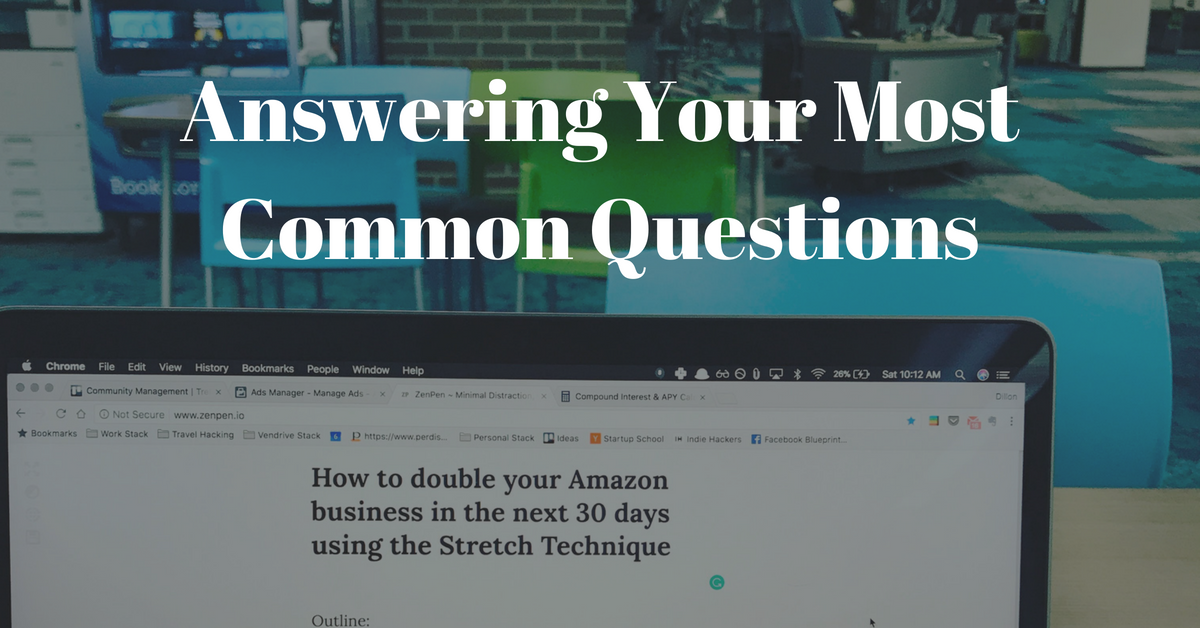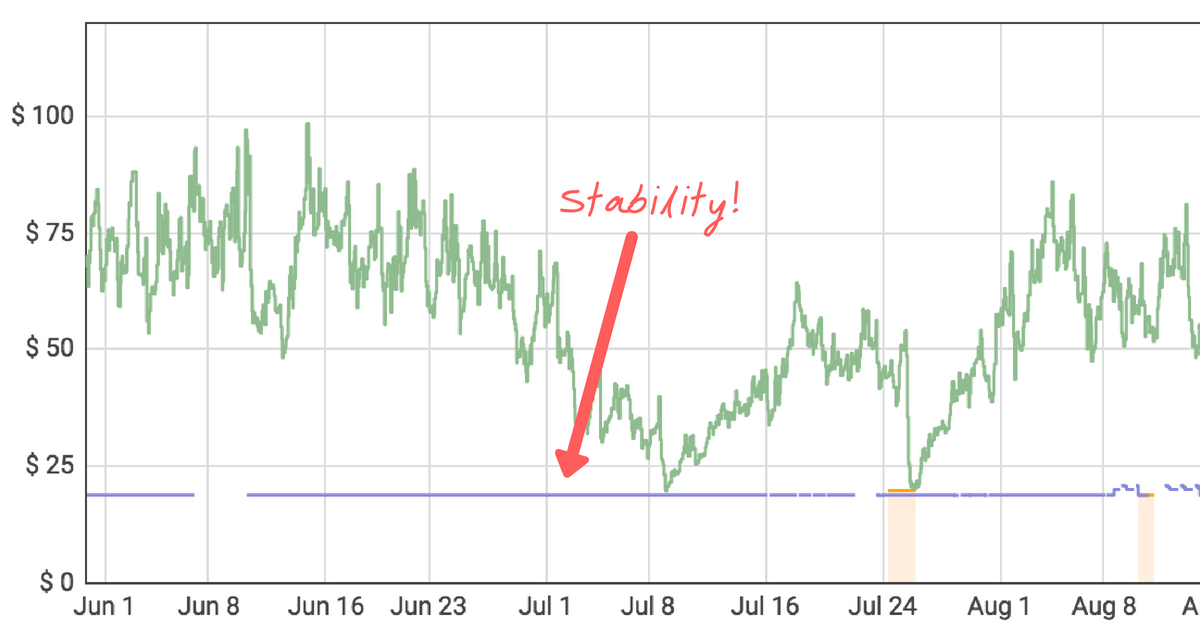
I recently posted a poll in our private Facebook group asking our members their most common questions regarding selling on Amazon. I thought there would be a much larger variance in questions, but we ended with a common set of questions that are actually quite easy to solve.
How Do I Find High Quality Products Consistently?
Probably the shortest of my answers: Read the in-depth blog post I wrote from the beginning. Nothing’s changed as the post is still effective for 90%+ of our members. For those who find it ineffective, it’s because they aren’t truly using it.
How Much Do I Need To Start and Where Can I Get More Capital?
Most of us getting started have limited capital to start buying profitable inventory with, but rather than asking the question of how much one needs to get started, it’s more appropriate to ask how much you currently have.
I personally started with just $2,500 in the bank but many have started with more or less than I and succeeded.
The most obvious answer for growth is using what you have available. Although I’m not a financial advisor, many sellers I know utilize business credit cards for immediate growth once they’ve figured out how to profitably source wholesale suppliers. From there you can start using services like Kabbage or even SBA loans that cater to small businesses.
How Do I Handle Shipping My Inventory?
The easiest solution is using a prep center and having all of your orders shipped directly to them. As you grow you can decide whether or not leasing your own warehouse and building a team is right for you.
Some suppliers may even offer to ship directly to Amazon, but this is the exception rather than the rule when it comes to suppliers.
It’s an odd thing to admit but I’ve never seen any of my wholesale inventory. When I made the change to wholesale from Retail and Online Arbitrage (RA/OA), I made the decision that processing orders weren’t the best use of my time so I never did. I immediately contacted a prep center in New York and every single order I’ve placed has gone through them for a small fee.
When you place your next order, consider having it shipped directly to a prep center and never touch your inventory again.
Read one of our recent blog posts to know what an automated and streamlined Amazon business looks like.
How Do I Handle Cash Flow and What About Payability?
Cash flow can get really tricky but the simplest thing to keep in mind is whether you’re in a growth phase or a profit phase of your business.
While in a growth phase, you’ll be shifting as much of your profits into new inventory as quickly as possible.
However, if you’re in a growth phase, it means you’re content with your sales volume and want to start taking some profits for yourself.
Depending on which phase you’re in, your setup may be different.
My biggest suggestion is for you to purchase a copy of Profit First and immediately put the framework into action within your business. Profit First takes a lot of the guesswork out of handling money inside of your business so that you’re consistently profitable and hitting your specific goals.
My advice on Payability? Just do it. It took me a while to pull the trigger, but James pulled me aside and really broke it down for me. After that, I realized it was a simple solution for growth and immediately saw the benefits within my business.
For those that haven’t heard of Payability yet, it’s a company that gives you access to a large percentage of your payments before Amazon sends them. Instead of two-week payments you can have daily payouts, allowing you to re-spend your capital on inventory as fast as it comes back to you.
How Do I Avoid Pricing Wars and Races To The Bottom?
If you’re consistently dealing with these two issues, it’s because of the type of products you’re carrying. If a product fits my buying criteria, it shouldn’t have these issues. The reason for that is because I’m looking for products that have low or no volatility when it comes to pricing. In other words, the pricing stays the same 90%+ of the time.
Here’s a product we recently sourced that shows near perfect stability. The Blue line is the pricing and you can see there’s been little movement for the last 3+ months. This shows that the product has either matured pricing-wise or has Minimum Advertised Pricing (MAP) enforced. Either way, I’m excited! I love products that have MAP heavily enforced, giving me clear protection from a race to the bottom.

For products that don’t follow these rules, a repricer is key to increasing the percentage of time you’re inside the buy box. Remember, profits are inside the buy box!
As you start and grow your Amazon business, many more questions will arise. Be sure to reach out and seek answers to your questions. As your knowledge grows, so will your profits!






About The Author: Dillon Carter
Hi, with James, we're building Amazon tools that we wish we had when starting our own companies. We love tech, coffee, building systems and all things Amazon.
More posts by Dillon Carter